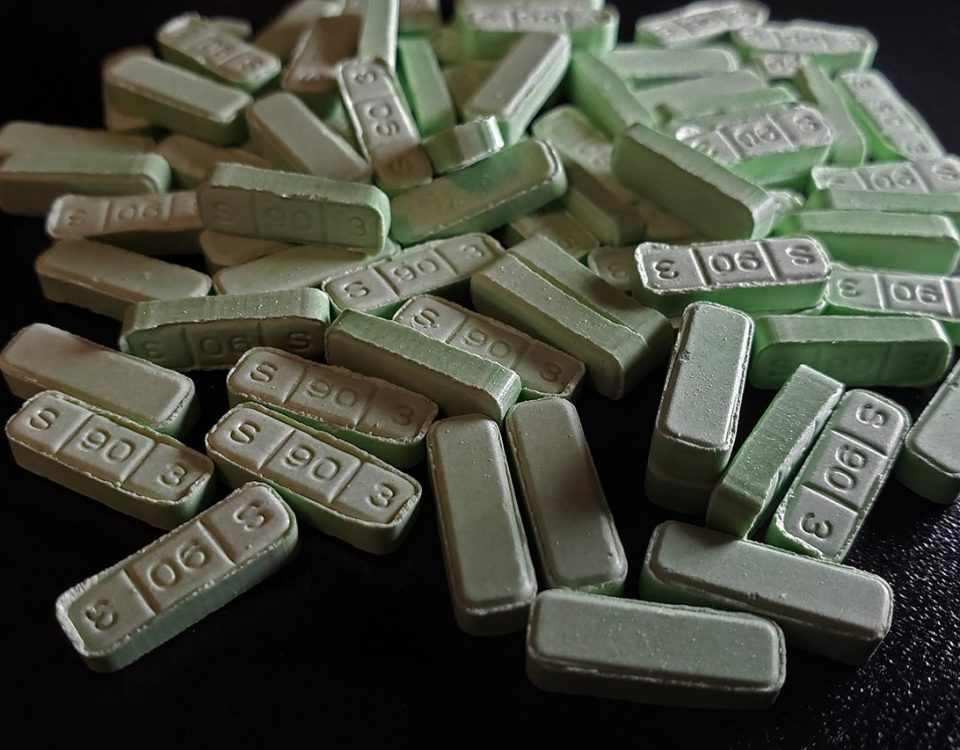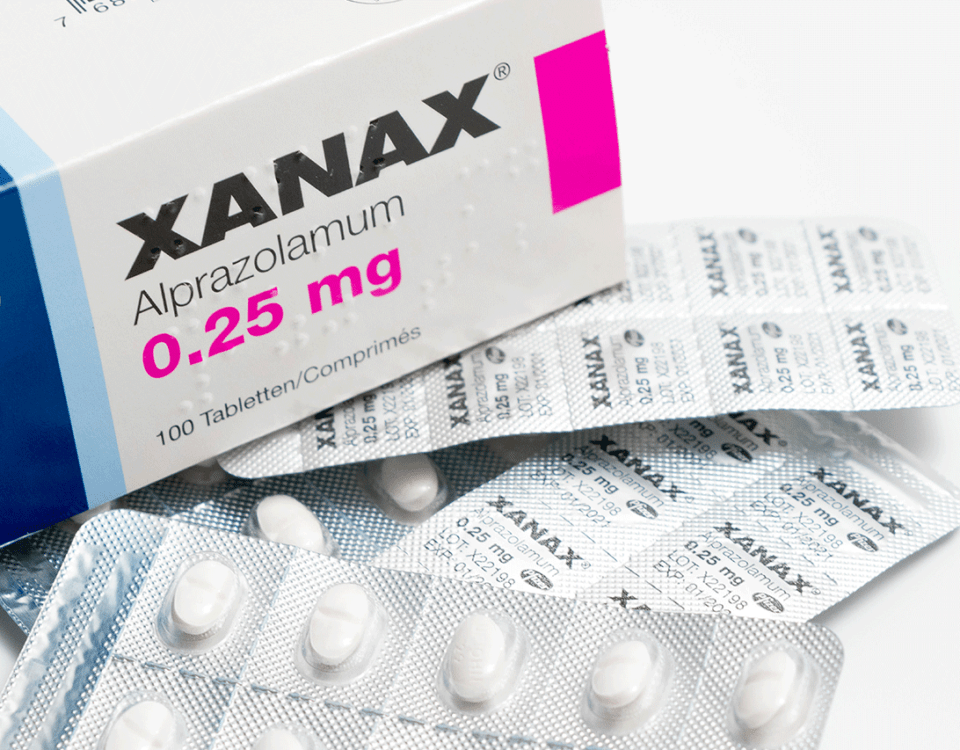The Queen’s Gambit instantly became one of the most popular mini-series on Netflix.
The show is based on a young orphan named Beth Harmon, who learns how to play chess with the janitor at the orphanage and becomes a prodigy. The show follows her chess career, detailing the highs and lows of her personal life. The interesting aspect of this show is the role that drug addiction plays. Throughout the series, Beth struggles with a prescription pill addiction, eventually realizing the harm her habit is doing. As a Boca Behavioral Health Center, we wanted to take a closer look at what The Queen’s Gambit got right and wrong about addiction.
What Were Tranquilizers for Kids in the 50s?
The practice of giving tranquilizers to kids in the 1950s reflected the social and medical standards of the era. These drugs were typically recommended to treat behavioral problems or emotional disturbances, frequently with the goal of calming and stabilizing young patients. Though relief was the primary goal, it's crucial to remember that our understanding of mental health and child development has greatly advanced since those days, leading to more sophisticated techniques in pediatric care today.
Examples of tranquilizers and sedatives used on children in the 50s include:
- Meprobamate (Miltown): One of the first sedatives, meprobamate (Miltown), was frequently administered to both adults and children. It was applied to reduce stress and anxiety symptoms.
- Chlordiazepoxide (Librium): A revolutionary benzodiazepine drug, Librium was first made available in the late 1950s. It was prescribed to youngsters in some instances to relieve agitation and anxiety.
- Diazepam (Valium): Valium was first offered in the late 1950s, but it really took off in the 1960s. It was occasionally used in pediatric situations and was a widely prescribed drug for a variety of ailments, such as anxiety and muscular spasms.
- Reserpine (Serpasil): Although it is not a typical tranquilizer, reserpine has been used to treat a variety of behavioral issues in children, particularly hyperactivity and aggression.
These tranquilizers were frequently used in this era to treat behavioral problems without fully comprehending the underlying causes. It's important to remember that at the time, neither the long-term effects nor the possible hazards of these medications, particularly on developing youngsters, were properly investigated or recognized. Modern times have seen a dramatic movement in this approach to pediatric mental health care toward more thorough and evidence-based interventions. Now, what are The Queen’s Gambit pills that viewers have been talking about?
What Is the Drug In The Queen's Gambit?
In order to determine what The Queen’s Gambit got right and wrong about addiction, we need to understand what drug Beth Harmon was addicted to in the show. The white and green pills Beth takes in The Queen’s Gambit are referred to as “Xanzolam;” however, this is a fictional drug that is thought to represent tranquilizers like Librium, formally known as chlordiazepoxide, which was a popular drug in the 1960s for treating anxiety. Librium was the first benzodiazepine on the market.
While at the orphanage, Beth and the other girls were given these drugs and told they were vitamins. All orphans were required to take them because they “even their dispositions,” meaning they made the children in the orphanage calm and slow to react. When Beth begins learning how to play chess, she takes a large dose of Xanzolam, causing her to hallucinate a giant chess board on the ceiling. She continuously does this on purpose throughout her career in order to strategize new plays. Beginning in her time in the orphanage, Beth Harmon’s addiction to these pills is a major factor in her development.
Prescription drug addiction is a horrible disease; many individuals are currently struggling with addictions to medications like opioids and benzodiazepines in the United States. Fortunately, those battling prescription pill addiction can begin their recovery with our medically monitored detox at Banyan Treatment Centers.
Is Xanzolam Similar to Xanax?
Xanzolam, also referred to as The Queen's Gambit drug, is fictional and only used in the film for dramatic effect. It was probably intended to do so in order to make the plot more intriguing and intricate. Xanzolam is portrayed in the story as a sedative or tranquilizer that may be used to relieve stress or anxiety. Since it is a completely imaginary world, the show doesn't go into great detail about its chemical makeup or potential adverse effects. As a result, it cannot be directly compared to any prescription drug, not even Xanax.
On the other hand, the well-known prescription medicine Xanax belongs to the benzodiazepine pharmacological class. It is frequently used to treat panic attacks, anxiety disorders, and other similar illnesses. Alprazolam is the generic name for it. One way that Xanax works is through the neurotransmitter gamma-aminobutyric acid (GABA), which has a relaxing effect on the central nervous system. While Xanzolam and Xanax are both benzodiazepines and share the suffix "-zolam," which signifies the class to which they both belong, there are no further parallels between the two after their fictional portrayal in The Queen's Gambit.
What The Queen’s Gambit Got Right About Addiction
Drug abuse played a major role in The Queen’s Gambit. Throughout most of the show, Beth believes that she needs to be high so she can play well enough to win. And while there are certain questionable aspects about the portrayal of addiction in The Queen's Gambit, there are some things they got right.
Substance Abuse Can Result From Trauma
From the beginning of the show, we’re constantly shown Beth’s past through flashbacks. Multiple scenes displayed the trauma that Beth experienced, starting from the time her mother committed suicide by crashing their car. She also lacked any real father figure in her life, with her adoptive father only agreeing to the adoption to please his wife. The idea of substance abuse was also reinforced when she witnessed her adoptive mother abusing drugs and alcohol as a way to cope with her broken marriage. When Beth finds her adopted mother dead in their hotel room, it pushes her further into her drug habit. Beth had been using substance abuse as a coping mechanism for so long that she didn’t think there was any other way to deal with everything going on in her life.
Addiction Is a Never-Ending Cycle
Beth’s addiction takes root when she’s forced to take tranquilizers at a young age in the orphanage. She eventually realizes the effects these drugs have and begins to take them in higher doses. Even when the orphanage stopped handing out these drugs, she continued to seek them. She eventually believes that she has to take these drugs to properly strategize and play chess. Following her adoption, Beth finds out the name of the drugs when she picks them up for her mother one day. Later on in the show, she begins to use them herself and attributes the “cloudy feeling” they give her to her wins. When she and her mother begin to travel for chess tournaments, Beth is introduced to alcohol, which tips the scales. After a while, she begins to feel the impact of prolonged substance abuse and begins isolating herself from her friends.
Addiction is a chronic disease, and the recovery process is life-long. With the right help, you can live the rest of your life addiction-free. Banyan Boca Mental Health is committed to offering psychological support that can help individuals overcome the disorders they are struggling with. Our nearby Pompano Treatment Center offers onsite addiction care to patients to help them recover, teach them powerful relapse prevention strategies, and help them live healthy lives.
High-Functioning Addicts Exist
High-functioning addicts are usually very intelligent individuals who abuse drugs or alcohol but don’t fit the typical addict stereotype. These individuals can go to work and complete their responsibilities at home without issue, all while engaging in substance abuse. When it comes to Beth, she’s able to play chess, attend tournaments, travel, and take care of her home while struggling with addiction at the same time. High-functioning addicts can be difficult to identify because they’re able to keep up with their grades, jobs, families, and friends. They all reach a breaking point eventually, however, just as it was portrayed in Beth’s case in The Queen’s Gambit. Her breaking point was illustrated in an episode where she was drinking at home for days on end, losing track of time to the point where she skipped a chess competition altogether.
People Often Turn to Substance Abuse to Cope With Pain and Stress
Another thing The Queen’s Gambit got right about substance abuse was the use of drugs and alcohol to self-medicate. Like many other people suffering from addiction, Beth uses drugs and alcohol to escape from the pain of her traumatic past, the pain of losing her friends, and the pain of losing her adoptive mother. The times she does lose at chess, she turns to alcohol or drugs to feel better. When these substances no longer eased the pain she felt, she attempted to date to fill the void. When that ended poorly, she spiraled out of control again. One of the many problems of using drugs and alcohol to ease pain is that it doesn’t cure it but only temporarily masks it.
Sobriety Offers Mental Clarity
When she hits rock bottom, Beth reunites with Jolene, her best friend from the orphanage. During her time with Jolene, Beth confronts her post-traumatic stress disorder and addiction, admitting that she was a better chess player when she was sober. This concept was reinforced in the show’s final episode, during which Beth plays her toughest opponent. During the match, she looks up at the ceiling and sees a chessboard, but because she is now sober, she realizes that it was her skill that helped her, not the drugs. This episode, in particular, portrays the strength that sobriety can provide and also demonstrates the joy that comes from realizing one’s strength when drugs and alcohol aren’t involved.
What The Queen’s Gambit Got Wrong About Addiction
Beth’s Recovery
While the harsh realities of drug abuse in The Queen’s Gambit were accurately displayed, Beth’s recovery was not. Recovering from addiction is a difficult process, both mentally and physically. The show made it appear as if quitting drugs and alcohol is as easy as realizing you’re better off without them. For most people who battle addiction, it’s not that simple. Many people often require drug or alcohol addiction treatment to recover, and they may still struggle with relapse after the fact. Crunching up Beth’s recovery into an hour-long episode is misleading.
The Connection Between Genius and Addiction
Gaining intelligence from substance abuse is one of the most common misconceptions about addiction. The myth that addiction and genius are connected is perpetuated throughout most of the show, like when Beth hallucinates a chessboard on her ceiling and wins competitions under the influence of prescription drugs. Drug abuse does not make a person more intelligent, though. In fact, it can actually reduce cognitive ability. The Queen’s Gambit took too long to clarify that genius is not a result of substance abuse.









